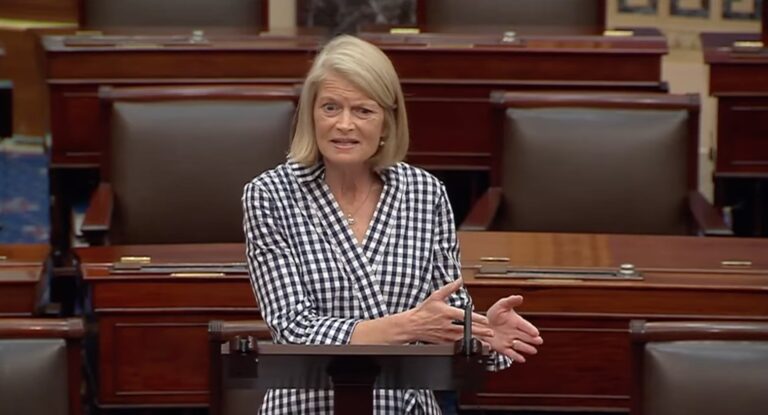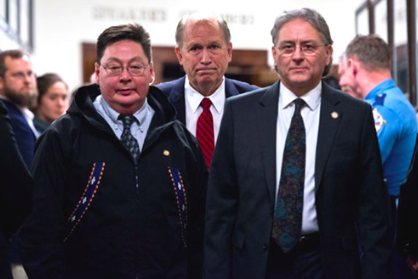By GOV. MIKE DUNLEAVY
In recent years, we’ve seen several changes to our state’s election system, including the adoption of ranked-choice voting (RCV) following the passage of Ballot Measure 2 in 2020. I want to speak plainly with you today about where I stand on this issue and why I believe Alaska should return to the traditional method of voting that served our state well for decades.
Let me start by acknowledging a simple fact: I have been elected governor under both systems. I won under the traditional voting method in 2018 and again under ranked-choice voting in 2022. So, my position on this issue is not about political gain or loss. It is about trust, clarity, and confidence in our electoral process.
Ranked-choice voting was pitched as a reform to solve a problem that, frankly, didn’t exist in Alaska. We were told it would reduce partisanship, promote consensus candidates, and make elections more fair. In reality, what we got was a system that confused voters, made outcomes less transparent, and created deep concerns about how votes are tabulated and who ultimately decides an election.
When I talk with Alaskans, whether in urban Anchorage, on the Kenai, or in rural communities from Bethel to Kotzebue, the message I hear time and again is the same: ranked-choice voting is complicated, and many people don’t trust it. That’s not just a perception problem; it’s a legitimacy problem. For any election system to work, voters must understand how it functions and believe in its fairness. RCV fails on both counts.
Here’s how. Under the traditional method, you vote for the candidate you support. The candidate with the most votes wins. It’s simple, straightforward, and easy to understand. But under ranked-choice voting, you’re asked to rank candidates in order of preference: 1st, 2nd, 3rd, and so on. If no candidate gets a majority of first-choice votes, a computerized process kicks in, redistributing ballots according to preferences until someone gets over 50%. While this may sound neat in theory, in practice, it’s left many Alaskans scratching their heads.
In some cases, the candidate who receives the most first-choice votes doesn’t win. That undermines a basic sense of fairness. In other cases, ballots are “exhausted” because voters didn’t rank every candidate. That means those votes are discarded in later rounds of counting, effectively silencing the voter. And because the final tally depends on a computer-run algorithm, we lose the immediacy and transparency of watching precincts report on election night.
To be clear, the concern here is not about technology itself, it’s about trust. People want to see the vote counted in a way they can understand. They want to be able to explain the result to their friends and neighbors without needing a flowchart or a computer science degree. That’s the kind of clarity that strengthens democracy. Ranked-choice voting moves us in the opposite direction.
We are one of only two states, along with Maine, that currently use ranked-choice voting in statewide elections. If this were such an effective and beneficial reform, why haven’t other states adopted it? Why haven’t we seen a groundswell of support from legislatures or voters elsewhere? The opposite has happened: 17 states have banned it. The truth is, most Americans—and most Alaskans—prefer a system they can understand and trust.
We should never make our elections more complicated than they need to be. Let’s remember what elections are fundamentally about: expressing the will of the people. That requires clarity, confidence, and transparency. The traditional voting system delivered that for decades in Alaska. Ranked-choice voting has not.
It is time to bring back a system that puts the voter first. One person, one vote. The candidate with the most votes wins. That’s how our democracy was designed to work. That’s how Alaskans expect it to work. And that’s the system I will support going forward.
I trust the good judgment of the people of Alaska. I believe when given the chance, we will return to a system that is fair, understandable, and grounded in trust. Let’s put the power of elections back where it belongs: in your hands, not in the hands of a computer algorithm.
Gov. Mike Dunleavy wrote this in his personal capacity for The Dailly Caller.








